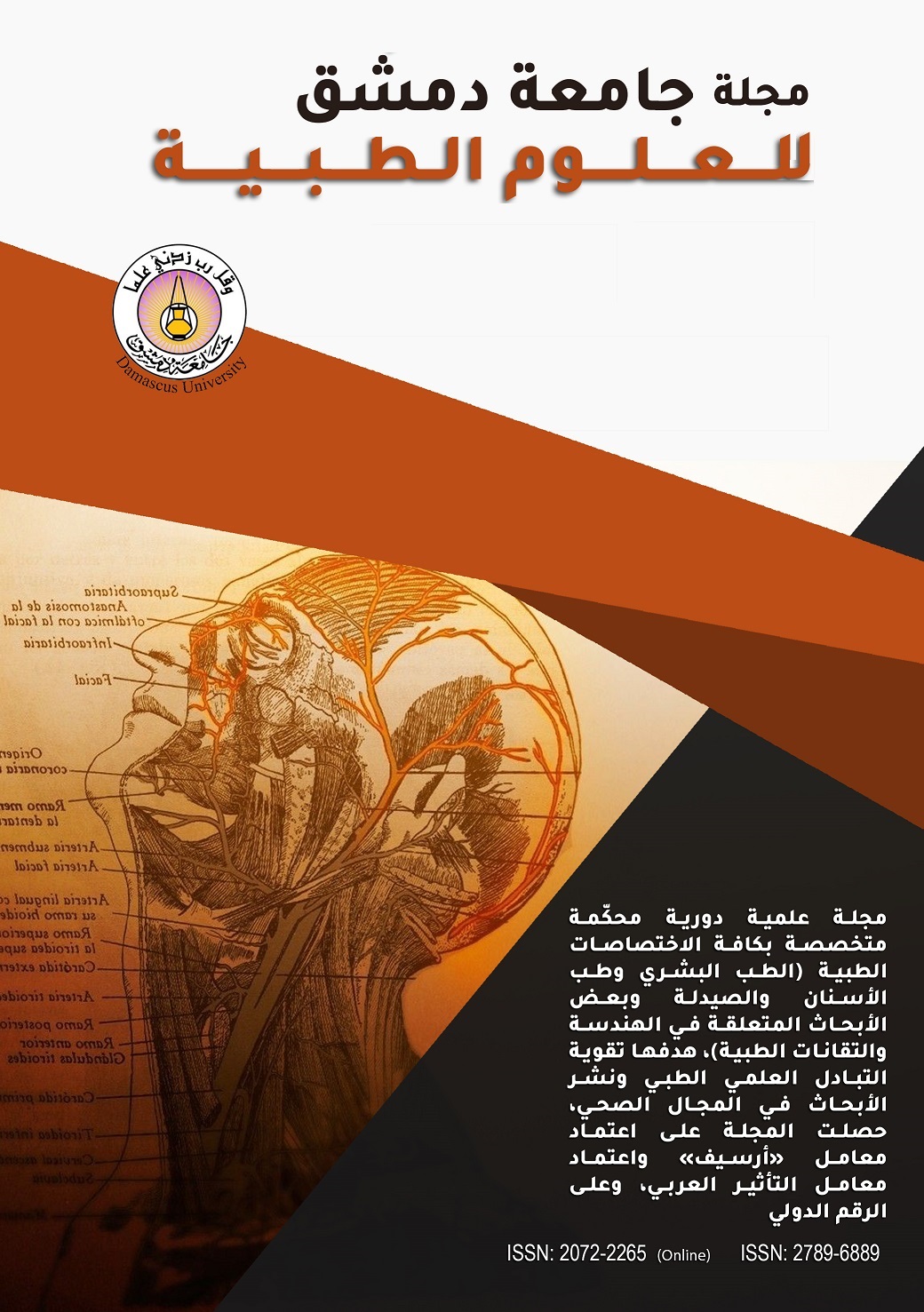The Use of Laser on Detection of Vertical Root Fractures by Diagnodent «In Vitro Study»
Keywords:
DIAGNOdent, Vertical root fractureAbstract
Background & Objective: diagnosis of cracks and vertical root fractures is a challenge for dentists, several methods are used to detect them but most are not adequate for identification of incomplete fractures or cracks. The aim of this study is to evaluate the efficacy of (DIAGNOdent pen, Kavo, Germany) as a reagent for vertical root fractures in a laboratory.
Methods & Materials: The study was performed on (35 single-root extracted human teeth), divided into two groups and a vertical root fracture was formed in one of them. The teeth were thoroughly cleaned from stains, deposits and calculus and the teeth were examined with a light microscope. The teeth were examined with DIAGNOdene pen before and after staining with methylene blue solution(MB), The recorded values of the DIAGNOdent pen were expressed through the ANOVA and the Post Hoc test.
Results: The results of one-way ANOVA test showed that the P value is smaller than 5%, Therefore, there are differences between the mean values of the dental groups. The results of the Post Hoc test showed that there is no difference between the mean values when comparing between the two groups (non fractured without MB and fractured without MB), The result showed that the P value is greater than 5%, indicating a correlation between the values of the device and the presence of the dyer (blue methylene).
Conclusion: : DIAGNOdent pen has demonstrated good efficacy in detecting vertical root fractures provided that all conditions are met: good cleaning of the teeth - the use of a dyer to absorb the wavelength of the laser - the strength of the dyer to penetrate the cracks and incomplete fractures, "by laboratory".

